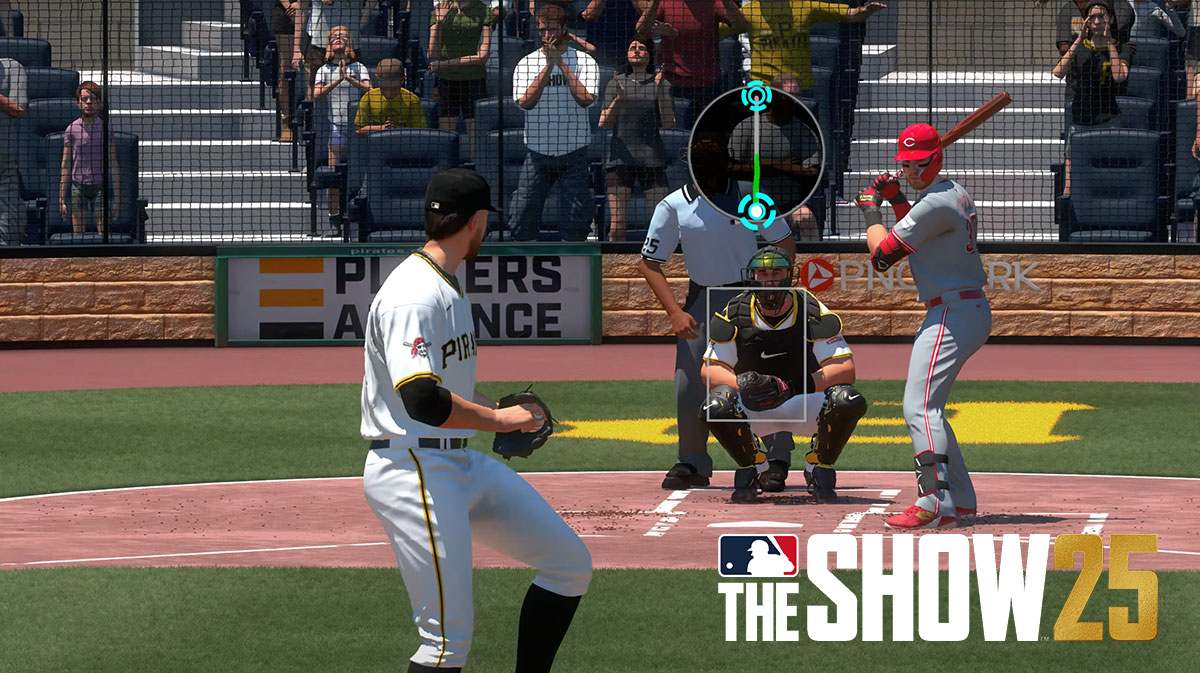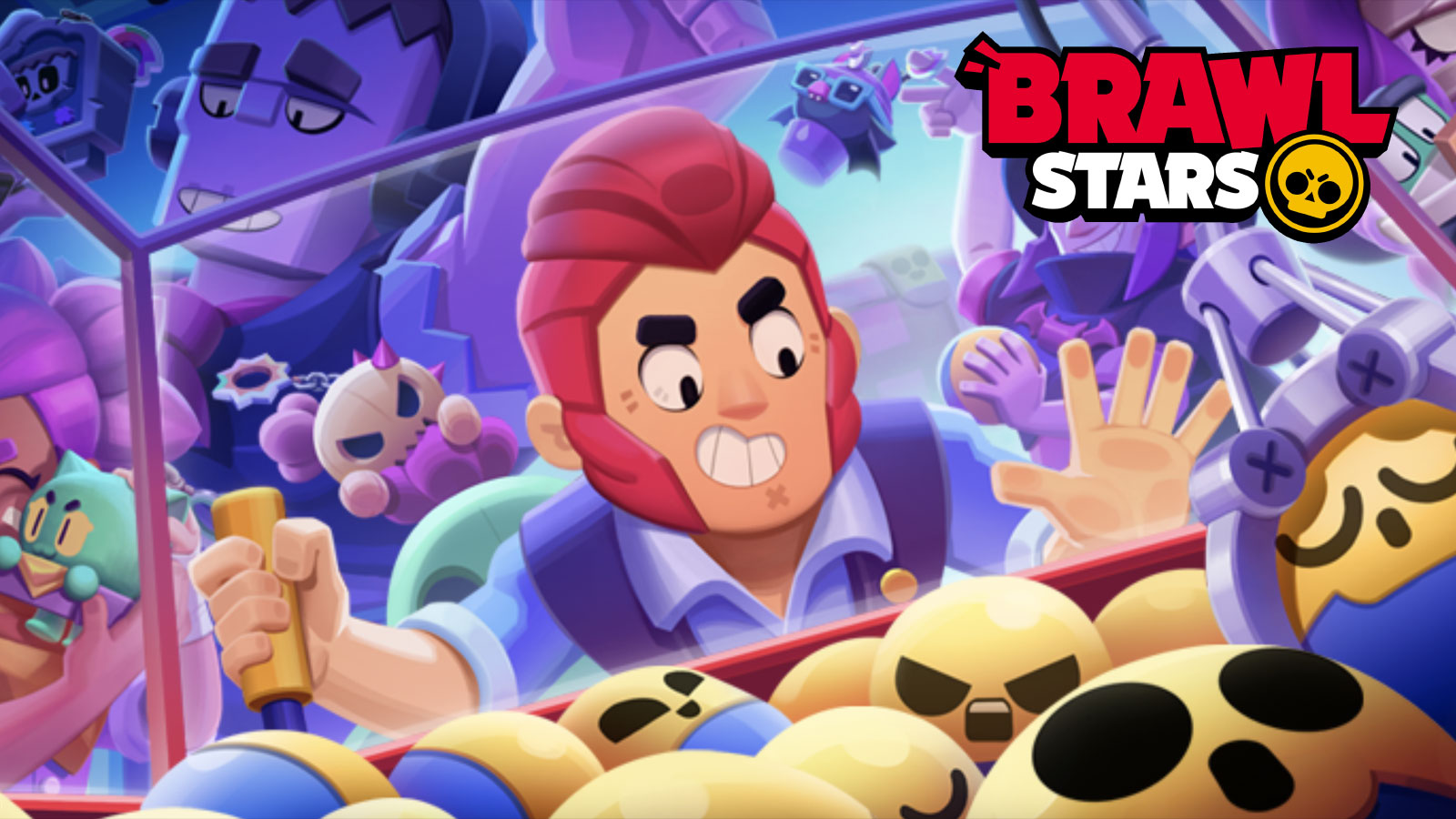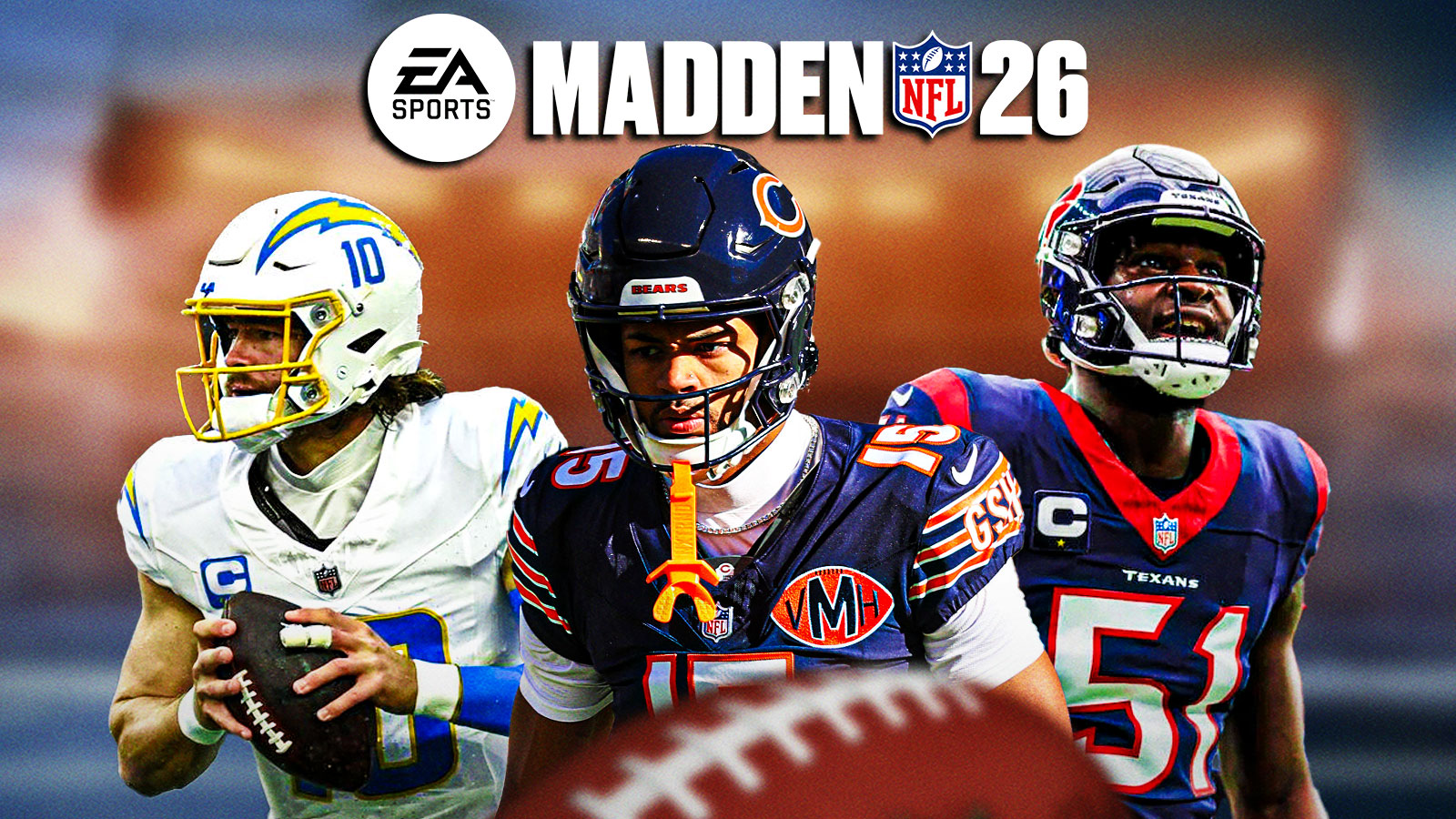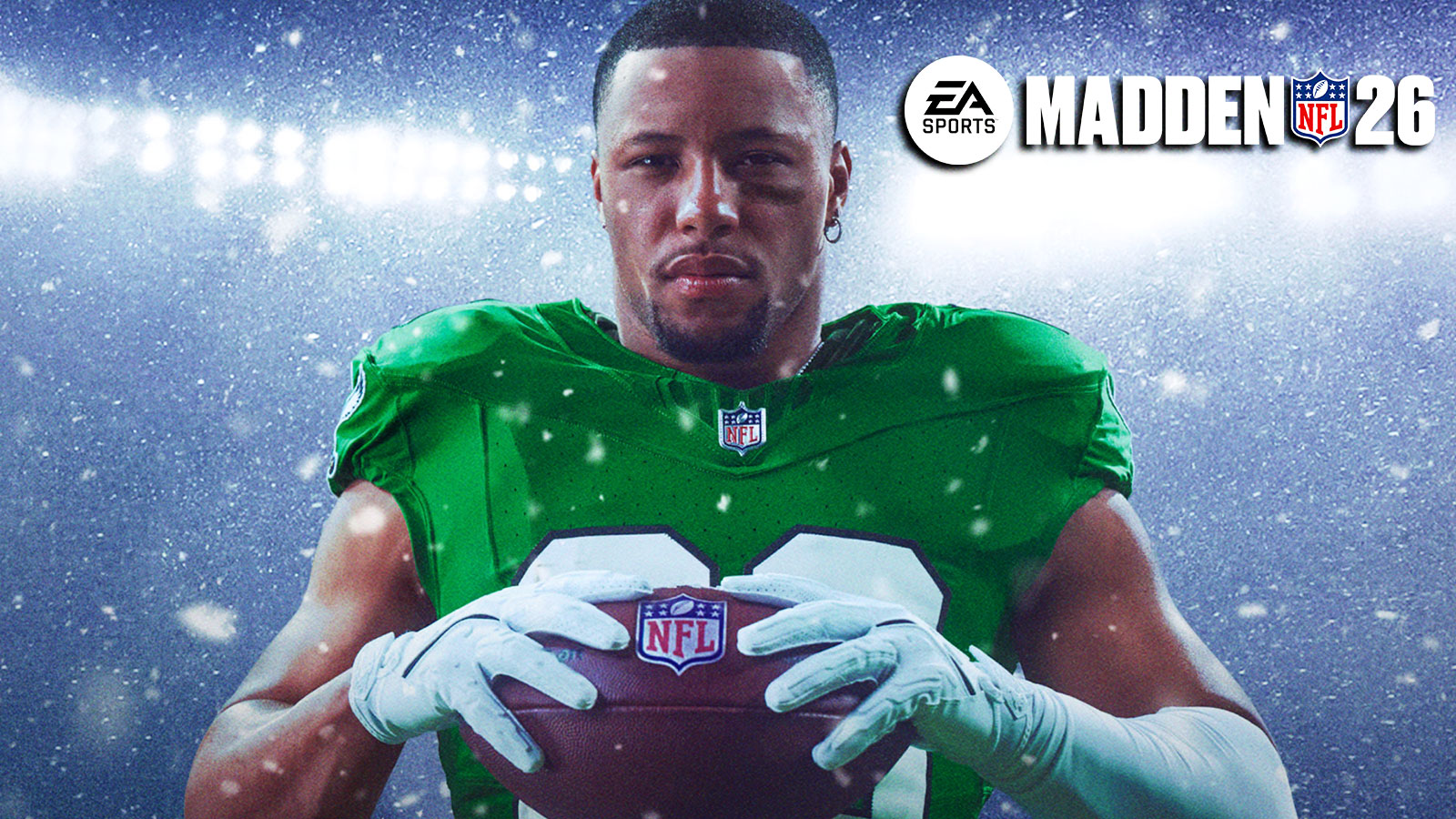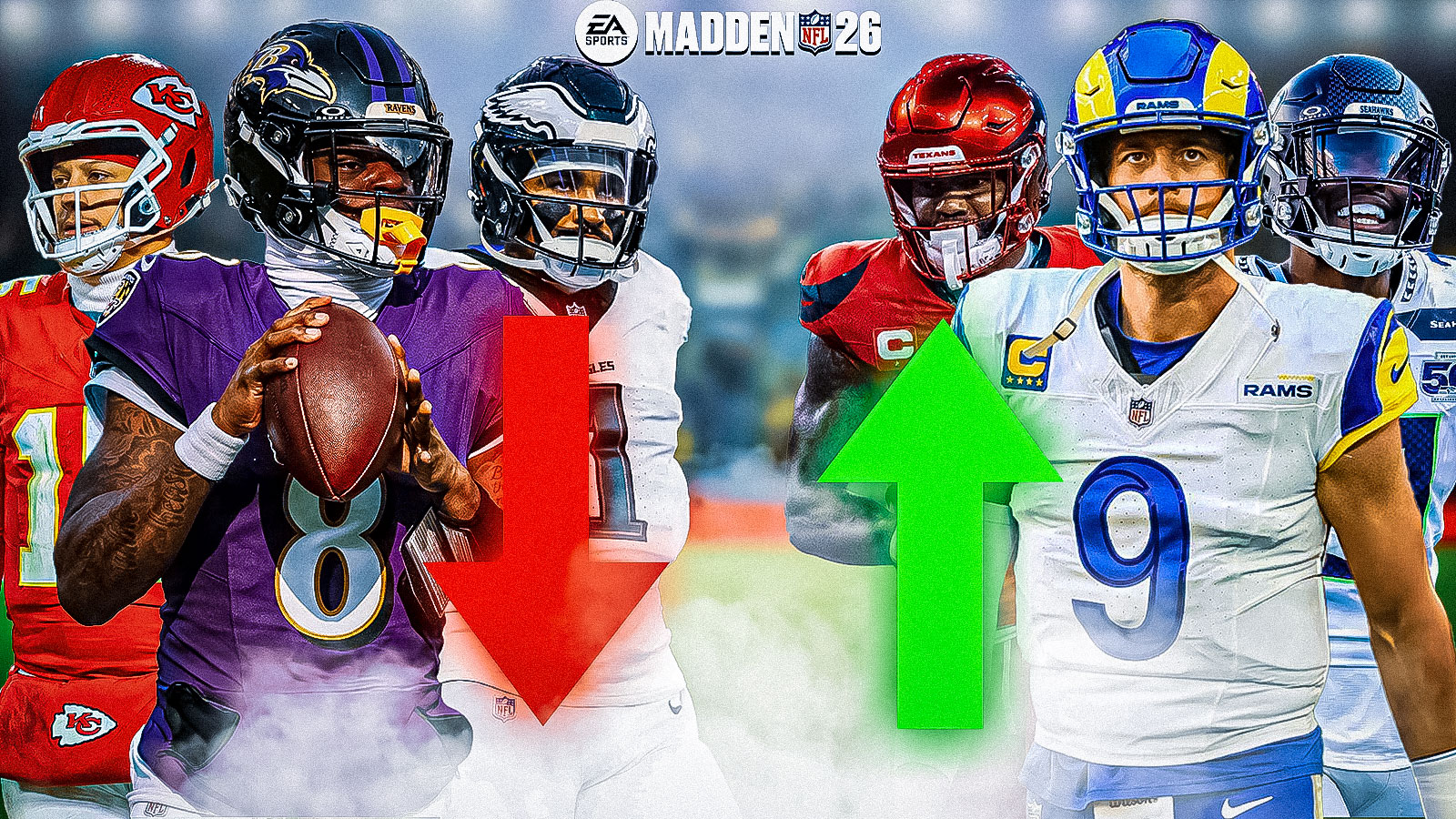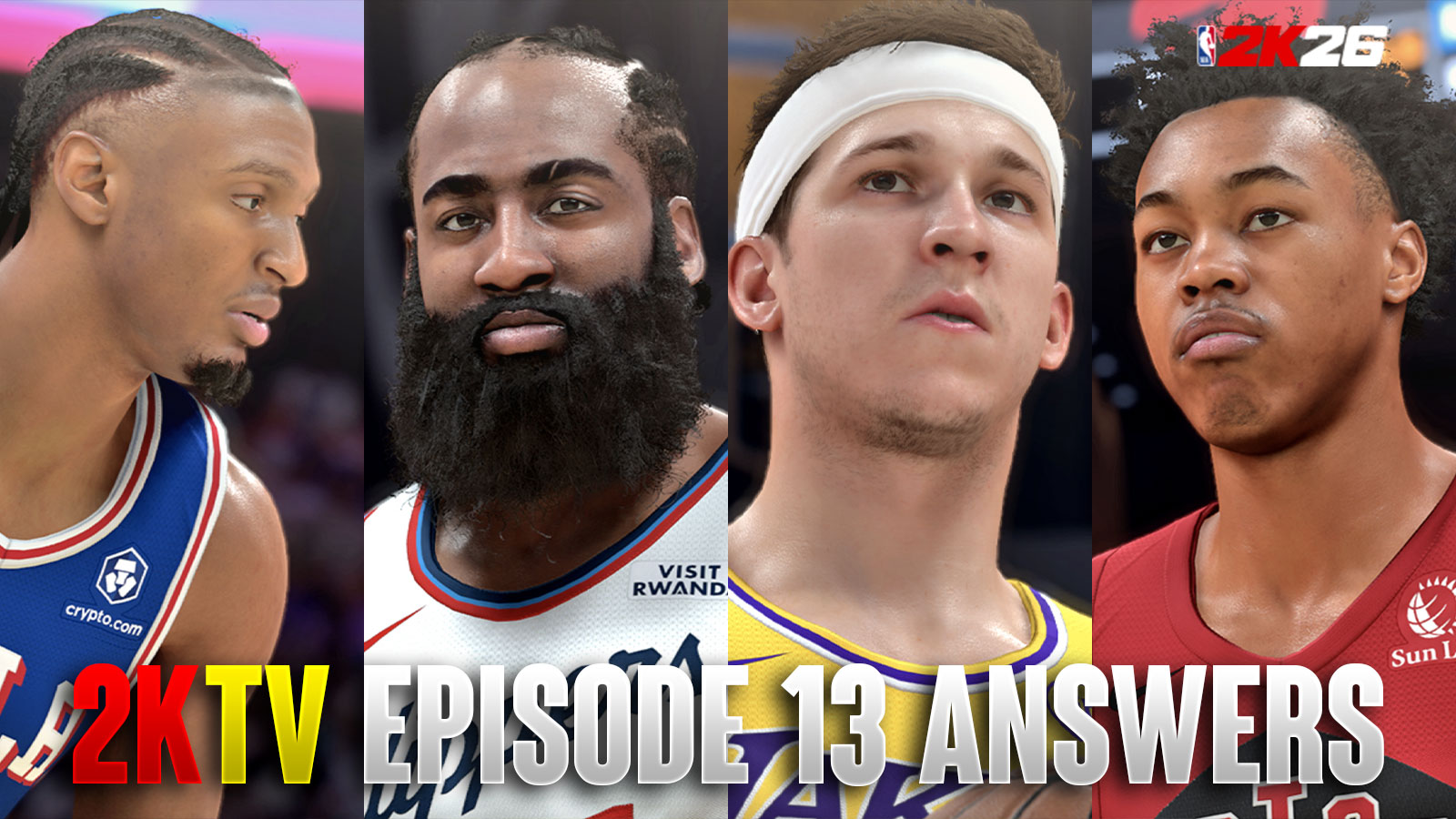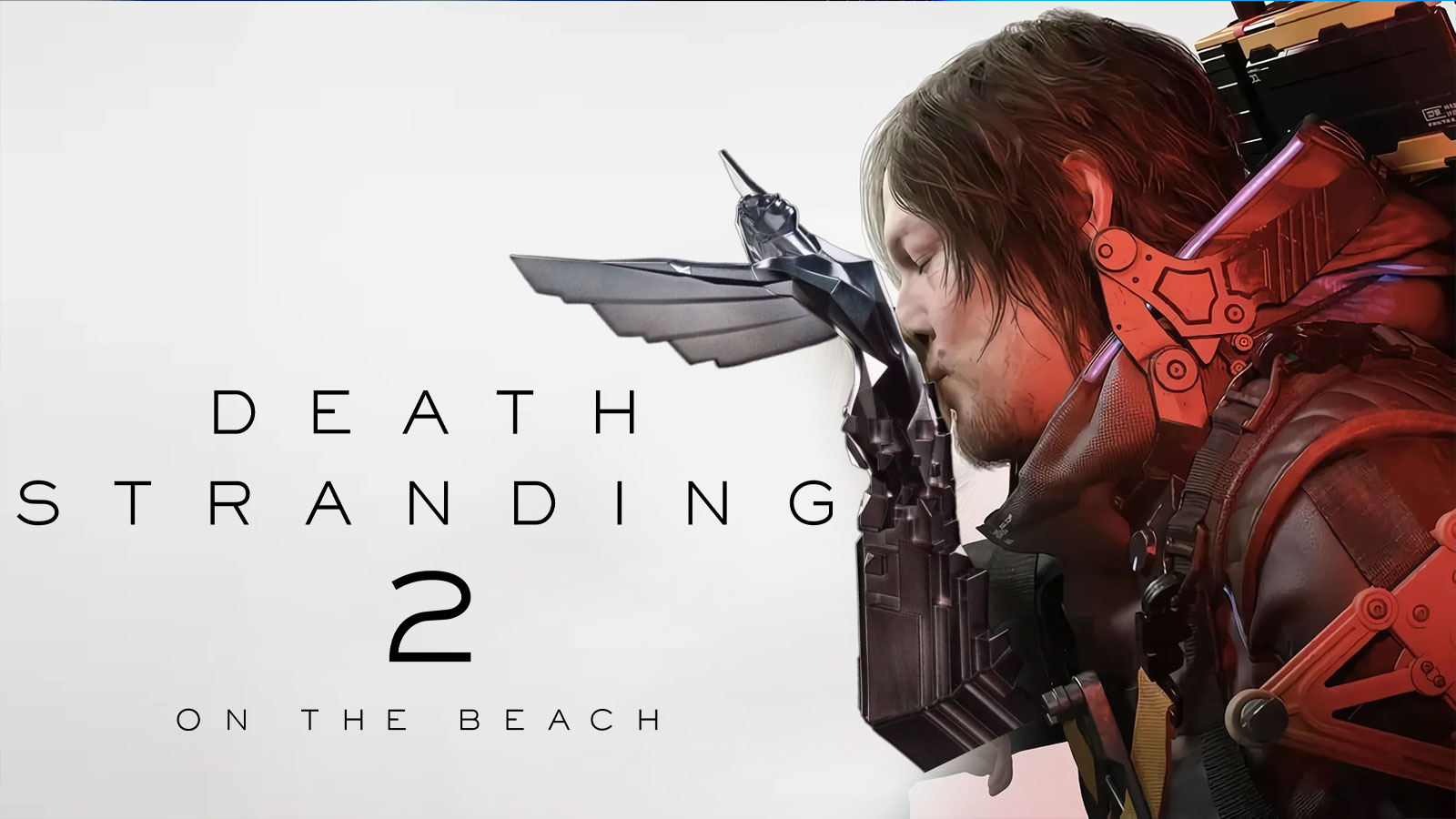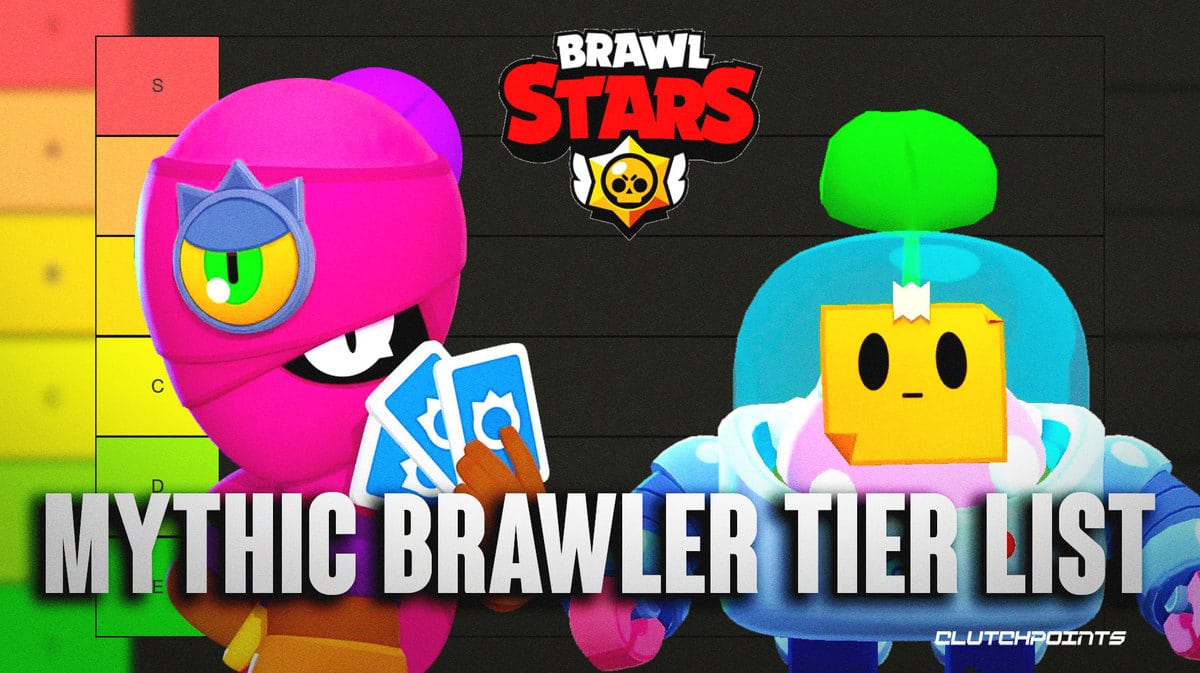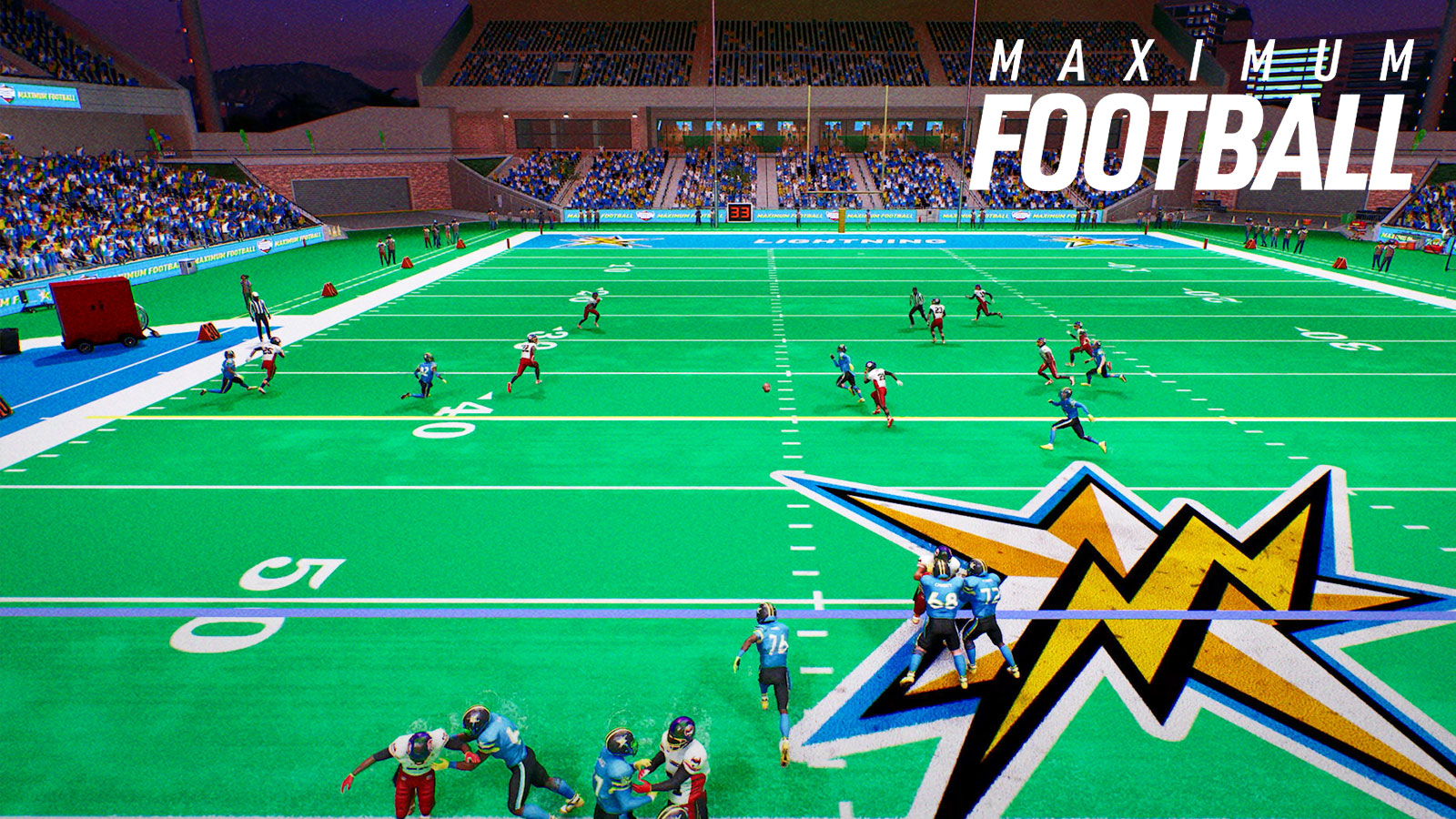In this MLB The Show 25 Pitching Guide, we'll go over the game's controls, Pitching Interfaces, pitch types, and everything else you need to know to become the next Cy Young. Overall, Pitching remains relatively similar to previous entries, but we still want to provide tips and tricks for both new and returning players. Without further ado, let's dive right in.
MLB The Show 25 Guide – What's The Best Pitching Interface?
Buy now: https://t.co/arQV8xwEvT
— MLB The Show (@MLBTheShow) March 18, 2025
Overall, Pinpoint is the best Pitching Interface in MLB The Show 25. Kind of like how the Zone Interface has a difficult learning curve for batters, Pinpoint is more difficult than the other Interfaces. However, it offers the most control over your pitch, allowing for precise pitches.
However, new players should feel free to try out the other returning pitching Interfaces, which include:
- Meter – The player uses a meter by pressing a button when the needle lands at the optimal spot.
- Pulse – A timing-based Interface where the player taps the moment the pulse circle reaches its smallest point.
- Classic – Player only needs to select pitch type and aim. Other elements are based off player ratings & attributes.
- Pure Analog – Player uses both analog sticks – right for wind-up, left for aiming
Pulse is very easy to learn, and still offers a good amount of precision. Overall, this interface helps players with their timing, and doesn't require as much dependency on sticks. As someone who deals with stick drift from time-to-time, Pulse feels pretty great.
But if you prefer using the sticks, Pure Analog is a great option for you. It doesn't feel as tough to learn as Pinpoint, and your pitches still feel pretty precise. However, you'll need to use both sticks at the same time, so definitely practice with this one.
Meter is another simple option that focuses on timing and player attributes. If you're playing with someone like Gerrit Cole or Chris Sale, Meter is typically easy to use. But when you use lower-rated pitchers, the meter moves a lot faster. Therefore, if you want to use Meter, prepare to adjust to each player's skill level.
Lastly, if you're an old-school player who wants a simple system, we recommend Classic. This system factors only a player's rating and attributes. Therefore, you only need to select a Pitch Type and aim. It might be too simplistic for some, but requires little knowledge of the game to use.
Pitching Tips & Tricks – MLB The Show 25 Pitching Guide
If you're new to baseball as a sport, you might not know about different pitch types and when to use them. Therefore, we listed the different Pitch Types and Pitches below:
- All Fastball Types
- Four-Seam
- Two-Seam
- Cutter
- Splitter
- All Breaking Ball Types
- Curveball
- Screwball
- Slider
- Slurve
- Off-Speed
- Changeup
- Circle Changeup
- Forkball
- Knuckleball
Fastball Pitches, as the name implies, are the fastest in the game. Breaking Balls move slower, but move in unique directions to catch batters off-guard. Lastly, Off-Speed pitches resemble Fastballs, but actually work more like Breaking Balls.
Overall, don't be confused and intimidated by the different pitch types. The most important thing is to generally switch up your pitches and where you aim throughout the game. Don't use the Fastball and aim dead center on every pitch. Do not try to be cute and use Breaking Balls on every pitch.
Essentially, you need to keep your opponent guessing. Attack from high, down-low, in the corners, and even in the middle once in awhile. While no pitch types work “best”, I tend to use Four-Seam or Two-Seams and mix it with a litter of Off-Speed and Breaking Balls.
Furthermore, you must always take into account your pitcher's ratings and attributes. Someone like Zack Wheeler (90 OVR) will usually pitch more consistently than someone with a 75 OVR. But even then, most pitchers can (and shouldn't) play a full nine-innings. That's where substitutions come in.
Throughout a game, a pitcher will perform worse after throwing a certain number of pitches. This is when you need to sub in Reserve or Closing Pitchers. As their name suggests, these players will come in and relieve your starter in hopes of finishing the game. Sometimes you may need three pitchers in one game, depending how many innings are played.
Ideally, you want to sub your starting pitcher around the 7th-8th inning depending on the game. However, if you're earning multiple strikeouts and keeping the pitch count low, you could keep them in for the full game. Generally, you should sub out a player when they're quality is declining.
Overall, that wraps up our Pitching Guide for MLB The Show 25. We hope this guide helped you understand the controls, mechanics, pitch types, and the essentials of pitching. We wish you many strikeouts in the games to come.
For more gaming and MLB news, visit ClutchPoints. Lastly, subscribe to our gaming newsletter for more weekly info.

